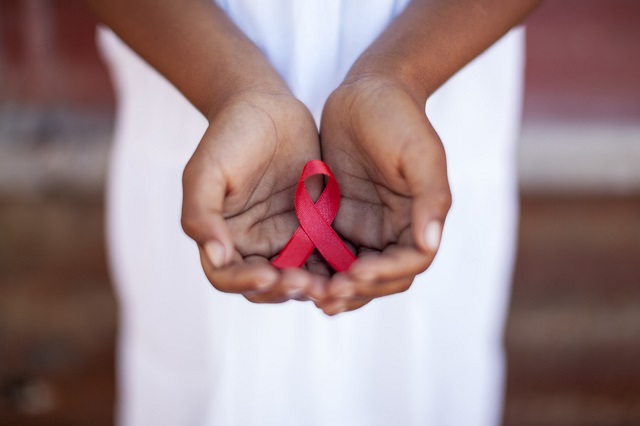
Kampala, Uganda | THE INDEPENDENT | The World Health Organization (WHO) is urging countries to adopt a standard HIV testing strategy which uses three consecutive reactive tests.
Previously, most high burden countries were using two consecutive tests. The new approach can help countries achieve maximum accuracy in HIV testing.
“The face of the HIV epidemic has changed dramatically over the past decade,” said Dr Tedros Adhanom Ghebreyesus in a statement that globally 8.1 million live with the virus but are still unaware.
He said while more people are receiving treatment than ever before, but too many are still not getting the help they need because they have not been diagnosed and that these new HIV testing guidelines aim to dramatically change that.
Since studies are showing self-tests are efficacious that people need not to go to the clinic, the organization encourages countries to adopt self- testing strategies in addition to social network-based testing among key populations such as men who have sex with men, people who inject drugs, sex workers, transgender population and people in prisons.
To establish whether social network testing encourages more people to test, the organization conducted a survey in Democratic Republic of Congo where they tested 99 contacts from social networks of 143 HIV-positive people. 48% tested positive for HIV.
In order to create demand for HIV testing, the organization recommends use of peer-led, innovative digital communications such as short messages and videos after their study conducted in Vietnam shows that online outreach workers counselled around 6500 people from at-risk key population groups, of which 80% were referred to HIV testing and 95% took the tests.
The majority (75%) of people who received counselling had never been in contact before with peer or outreach services for HIV.
By the end of 2018, there were 36.7 million people with HIV worldwide. Of these, 79% had been diagnosed, 62% were on treatment, and 53% had reduced their HIV levels through sustained treatment, to the point at which they have substantially reduced risk of transmitting HIV.
*****
URN
 The Independent Uganda: You get the Truth we Pay the Price
The Independent Uganda: You get the Truth we Pay the Price


